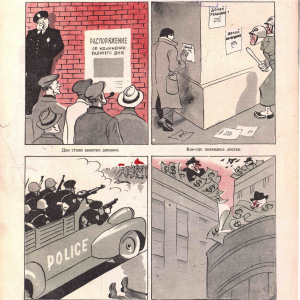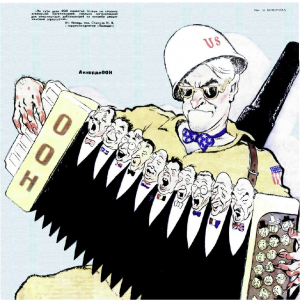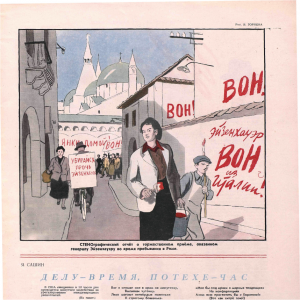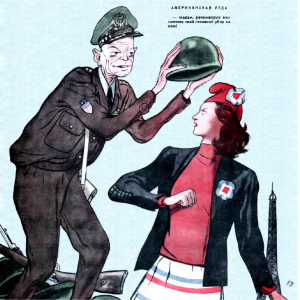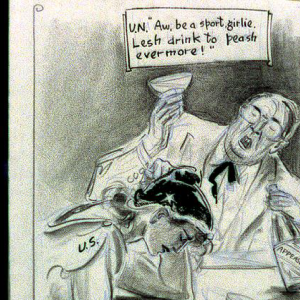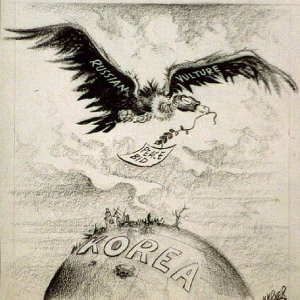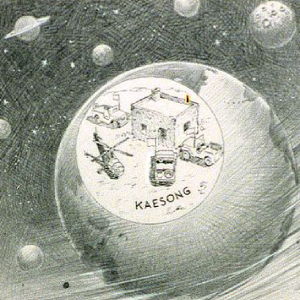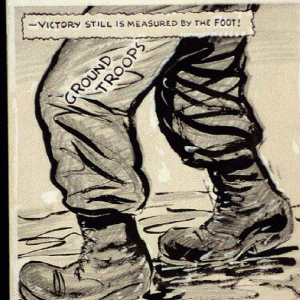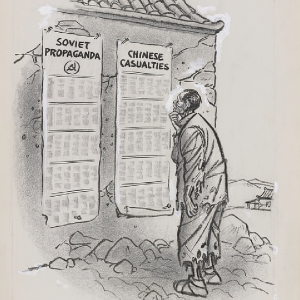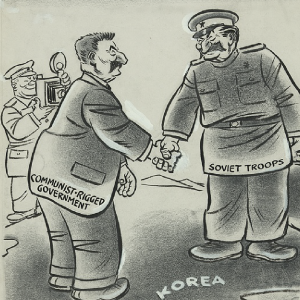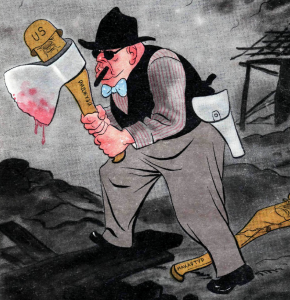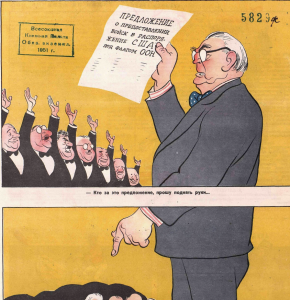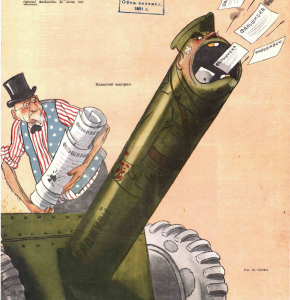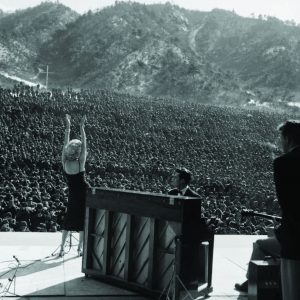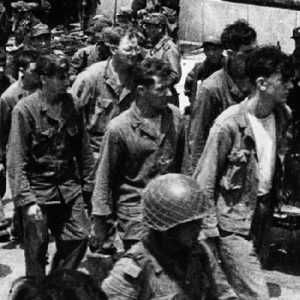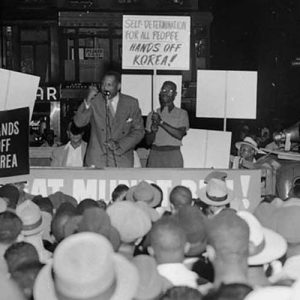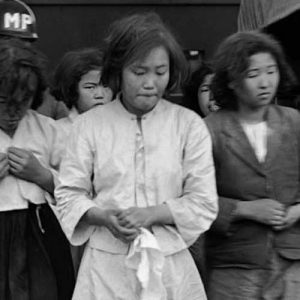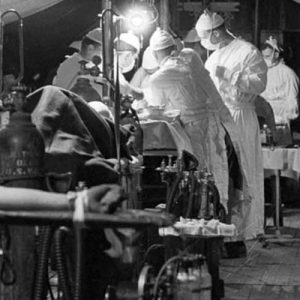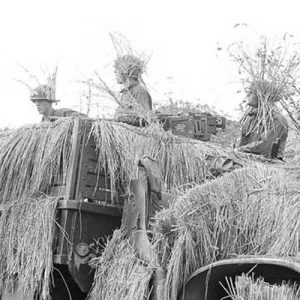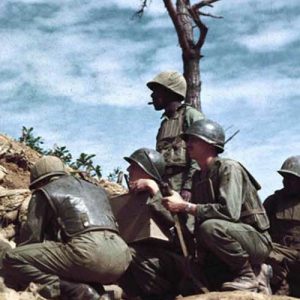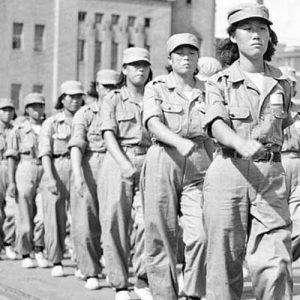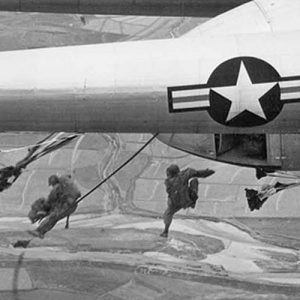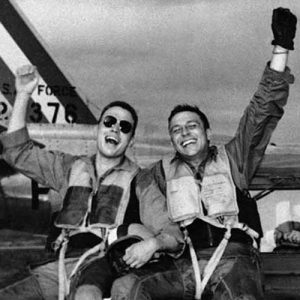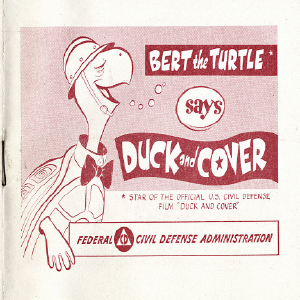The Korean War
The Korean War (1950-1953) was a military conflict between the South Korean government supported by the United Nations (with the US in the lead), and the communist government in the North supported by China and the Soviet Union. It is often described as an important episode in the early Cold War, and as the first proxy war between the “Free World” and the Eastern bloc. Casualties, wounded, and missing from the war totaled more than two million on all sides, and resulted in the split of the Korean peninsula into two states with two separate governments: the Republic of Korea in the South, and the Democratic People’s Republic of Korea in the North. The 1953 Armistice Agreement established the Korean Demilitarized Zone (DMZ) that roughly divides the Korean peninsula in half, and serves as a buffer zone between North Korea and South Korea. No peace treaty exists between the two states.

